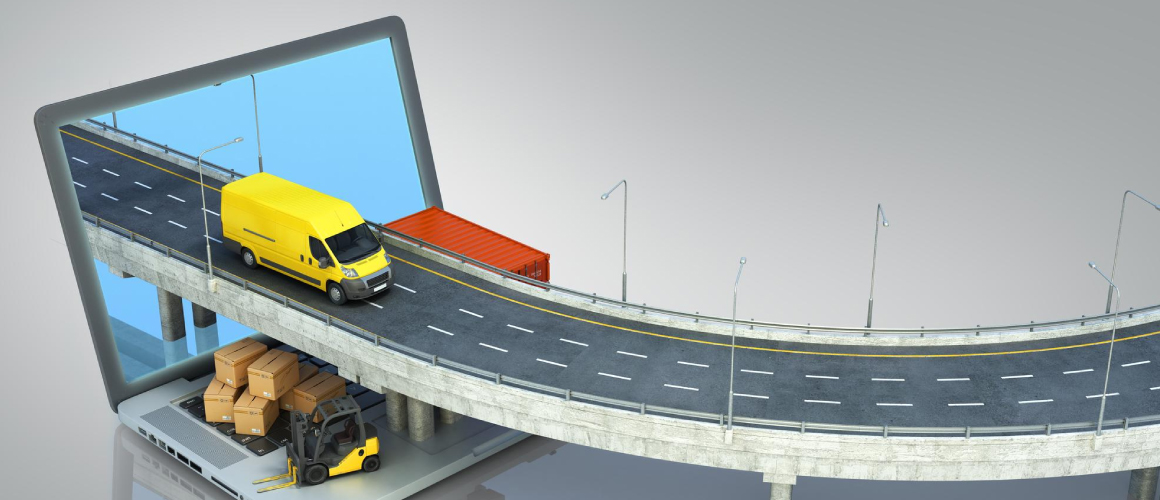How do E-commerce Companies use Road Markers For Faster Internal Vehicle Movement and Dock Alignment?

E-commerce companies are under constant pressure to deliver faster, handle more volume, and improve warehouse efficiency. Behind the scenes, smooth internal vehicle movement plays a huge role in achieving those outcomes. Whether it’s forklifts zipping through distribution centers or trucks aligning at the loading dock, clear navigation is essential. One of the most overlooked but incredibly effective tools in this process is road marking.
Strategically placed road markers help guide vehicle flow, reduce delays, and cut the chances of mishaps in high-traffic internal areas. They bring order and predictability in spaces where even a few seconds of delay or a minor misalignment can ripple through the supply chain. Let’s explore how e-commerce giants and logistics players are using road markers to streamline operations on their internal roads, warehouse perimeters, and docking areas.
Why does internal vehicle flow need attention?
As online shopping demand grows, warehouses and sorting facilities are running at full capacity. This often leads to tight schedules for inbound and outbound logistics. The faster the internal movement, the quicker the loading and dispatch.
- Unmarked or poorly marked routes slow down vehicle navigation.
- Misalignment during docking causes repeated adjustments, wasting time.
- Bottlenecks at intersections lead to idle trucks and equipment.
- Without visual cues, new drivers or temporary staff struggle to move efficiently.
These issues may seem small individually, but when multiplied across hundreds of deliveries daily, they cause serious inefficiencies.
Role of road markers in vehicle movement and docking
E-commerce facilities rely on a combination of surface markings, signage, and sensors to guide vehicles. Road markers are central to this system, providing fixed visual cues that are instantly recognizable even during high-pressure operations.
1. Streamlining internal traffic flow
Road markers help define designated lanes for different types of vehicles — from delivery trucks to forklifts and employee shuttles.
- Directional arrows indicate the correct flow of movement to avoid confusion.
- Lane dividers prevent overtaking or drifting in tight warehouse lanes.
- Stop lines at warehouse entries and intersections reduce collision risks.
- Color-coded zones separate pedestrian areas, loading zones, and fast lanes for priority vehicles.
This structured approach ensures that vehicles follow an organized route from the gate to the dock, improving both speed and safety.
2. Reducing turnaround time at loading docks
Dock alignment is a precision task. A small misalignment can delay loading/unloading and cause damage to dock shelters or vehicle doors.
- Alignment guides help drivers back up perfectly using painted central lines and edge markings.
- Reverse parking markers offer visual assistance in tight spaces where mirrors and sensors might not suffice.
- Numbered dock bays marked clearly on the ground ensure the right truck reaches the correct door without radio communication delays.
- Buffer zones marked near the docks create safety margins during loading operations.
These markings reduce the need for supervisors to manually direct drivers, which is particularly useful during peak shifts or night operations.
3. Improving navigation in large and multi-zone facilities
Large e-commerce hubs often operate like mini-cities with multiple sections: returns, cross-docking, bulk storage, etc. Without clear road markings, vehicles can easily take wrong turns or enter restricted areas.
- Zone-specific labels on the ground direct trucks and forklifts to their respective sections.
- Dead-end warnings and no-entry markers prevent operational blockages.
- Forklift lanes and priority vehicle paths help avoid conflicts between vehicles of different speeds or sizes.
This level of demarcation is especially important when onboarding new drivers, seasonal workers, or third-party fleet operators unfamiliar with the layout.
4. Supporting automated and guided vehicle systems
As more warehouses adopt AGVs (automated guided vehicles) and GPS-assisted navigation for trucks, road markers serve as physical references.
- AGVs often rely on visual tracking of lane markers to stay aligned on designated paths.
- Painted QR codes or alphanumeric identifiers on the ground assist location recognition and route mapping.
- For hybrid systems, where both human drivers and AGVs operate, road markers create a common visual standard.
This ensures safe co-existence between automated systems and manual vehicles without constant recalibration.
Operational benefits of road marking machine beyond vehicle speed
Clear and consistent road marking brings advantages that go beyond just speeding up movement. It enhances the overall predictability and professionalism of warehouse operations.
- Reduces accidents and near-misses due to clearer movement patterns.
- Minimizes fuel waste from repeated adjustments and idle time.
- Cuts down on supervision needs and manual communication.
- Enhances vendor and carrier satisfaction with faster check-ins and turnaround.
- Supports training and SOP compliance with visible, easy-to-follow instructions.
When used properly, road markers become part of the operational discipline, just like SOPs or software tools.
Materials and durability considerations
Given the wear-and-tear of high-traffic e-commerce environments, the materials used for road marking need special attention.
- Thermoplastic paint is preferred for outdoor and loading dock areas due to its durability and visibility.
- Epoxy-based markings are often used in indoor warehouses for longer life and chemical resistance.
- Reflective beads embedded in the paint improve night-time visibility during late shifts.
- Anti-skid finishes prevent slips during rainy or dusty conditions.
Regular maintenance schedules are essential to re-mark faded lines, especially in busy zones.
Conclusion
E-commerce companies can’t afford to waste time navigating their own facilities. Road markers — when planned well and maintained consistently — become a silent but powerful force that drives speed, accuracy, and safety. They guide movement, assist docking, and support warehouse workflows without requiring active supervision.
Want to explore how custom road markers can enhance your warehouse or logistics yard? Reach out to our marking experts at info@aaspaequipment.com for a site assessment and tailored layout plan.
